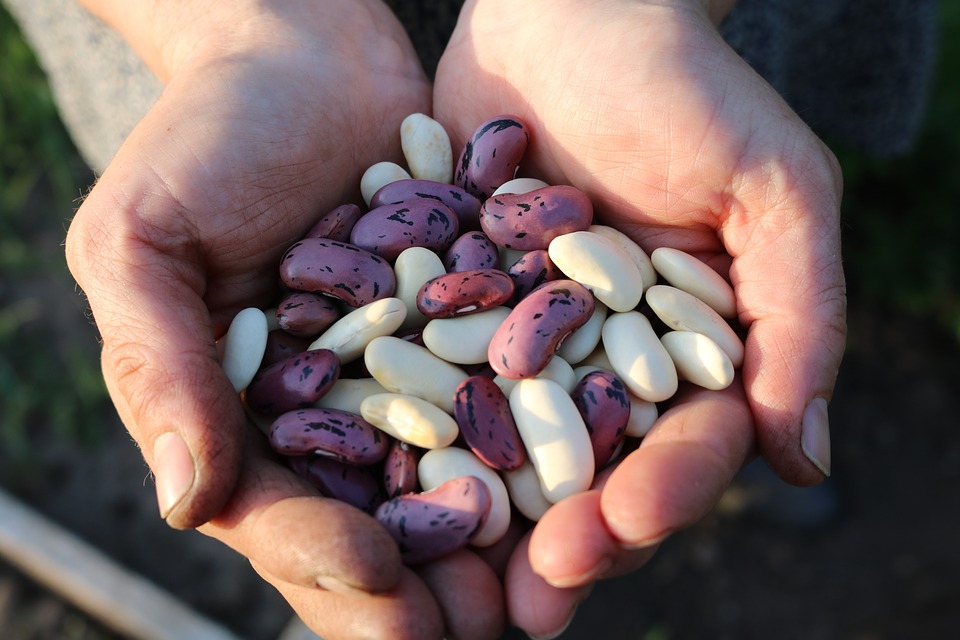Agronomic characteristics and resistance of common bean genotypes of the mela in southern state Tocantins
DOI:
https://doi.org/10.20873/jbb.uft.cemaf.v5n2.sousaKeywords:
Phaseolus vulgaris, Rhizoctonia solani, Cerrado, highlandsAbstract
The common bean (Phaseolus vulgaris L.) is a crop that had its cultivation spread throughout the world and is an important component of food from different countries. In Brazil it is grown in all states and at different times, however, productivity in the state of Tocantins season of "waters" have been low mainly due to the high incidence of diseases like mela. Therefore, the aim of this study was to evaluate the agronomic characteristics and resistance to common bean genotypes mela. The study was conducted at the experimental field of the University of Tocantins, in Gurupi in 2011/2012 season. The experiment was conducted in a randomized block design with three replications and 14 genotypes. Characteristics were evaluated: stem diameter, plant height, height of the first pod, number of pods per plant, number of seeds per pod, weight of hundred grains, grain yield and severity of the mela. The climatic conditions favored the development and increased severity of mela in bean, which was nevertheless observed genetic variability among genotypes for resistance to this disease. Strains CNFP-10 762 and 10 794-CNFP stood out because they are less susceptible to mela and higher grain yields.

Published
How to Cite
Issue
Section
License
Copyright (c) 2024 - Journal of Biotechnology and Biodiversity

This work is licensed under a Creative Commons Attribution 4.0 International License.
Authors who publish with this journal agree to the following terms:
Authors retain copyright and grant the journal right of first publication with the work simultaneously licensed under a Creative Commons Attribution License (CC BY 4.0 at http://creativecommons.org/licenses/by/4.0/) that allows others to share the work with an acknowledgement of the work's authorship and initial publication in this journal.
Authors are able to enter into separate, additional contractual arrangements for the non-exclusive distribution of the journal's published version of the work (e.g., post it to an institutional repository or publish it in a book), with an acknowledgement of its initial publication in this journal.
Authors are permitted and encouraged to post their work online (e.g. in institutional repositories or on their website) prior to and during the submission process, as it can lead to productive exchanges, as well as earlier and greater citation of published work (Available at The Effect of Open Access, at http://opcit.eprints.org/oacitation-biblio.html).


